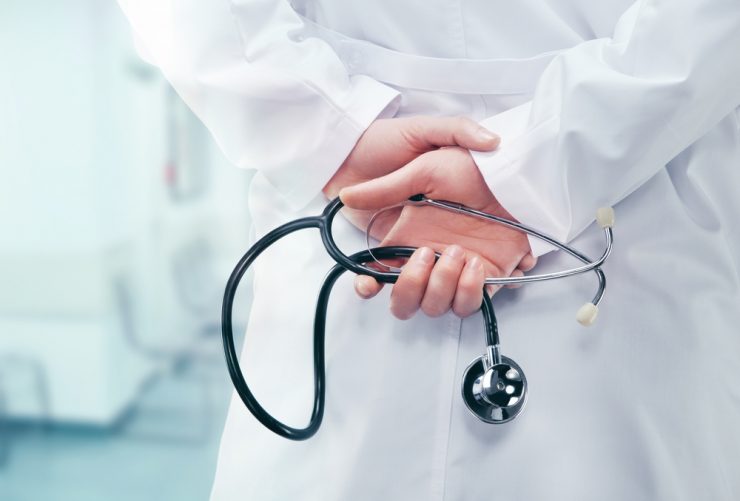Several types of muscle and tissue form a gland that is complex in nature. This is the female breast. It consists of milk ducts and milk glands. These structures decrease or increase in number and sizes as they are required.
The breast consists of fatty tissue, connective tissue, blood vessels, lymph nodes and nerves. Each structure and tissue in the breast reacts uniquely to the chemistry of the body and can in turn affect both texture and sensitivity.
Breast Lumps
A breast lump is a common occurrence. A large number of breast lumps, around 85% are non-cancerous or benign. Breast lumps are of several type and develop due to varied reasons. A few types of lumps are mentioned below:
Fibrocystic breast disease. It is a growth abnormality that is benign. It causes tenderness and lumpiness and very widespread among pre-menopausal women.
Fibroadenoma. It is a tiny tumor growth in breasts. It often develops in young women in their 20s, but can develop in any age. These are benign and not linked with breast cancer.
A cyst is a lump filled with fluid. Breast cysts are a common occurrence in pre-menopausal women between the age of 49 to 55 years and with women who are on hormone replacement therapy. Breast cysts rarely are present in men, but can be drained with the help of a needle.
Fat necrosis. It is an irregular, hard lump that is caused due to trauma. It usually disappears spontaneously.
Lipoma. It changes the breast shape and is a fatty growth and does not need treatment.
Causes of Breast Lumps
Hormone change within woman’s body is the common cause for breast lumps that are benign. Hormone changes could take place during menopause or adolescence, but are mostly linked with menstrual cycles.
Breast pain not linked with menstruation is also called non-cyclic pain. Other reasons for pain and benign lumps in breasts include inflammation, discharge from the nipple, trauma to breast tissue due to scarring or injury from surgical procedures, and enlarged milk ducts.
Diagnosing Breast Lumps
It is crucial to know the appearance of normal breasts so one can spot changes if they occur. Informing your general practitioner if one finds a breast lump is crucial. They will do a physical exam of that lump and refer further tests. Some of these tests are mentioned below:
Mammogram.
Ultrasound.
Biopsy.
Ductogram.
Treating A Breast Lump
If there is breast pain, a number of things can be done to ease the pain. These are:
Heating pads, ice packs, or warm baths to ease the pain.
Wear well-fitting support bra to relieve breast movement and discomfort.
Massage the breasts with massage oil or dilute essential oil. This helps in removing excess fluid from the tissues and break fibroadenomas. It is useful in identifying changes to breasts.
Painkillers in the form of lotions and gels. This may cause blistering, itching, and redness in a few people. Breast feeding and pregnant women should avoid these.










